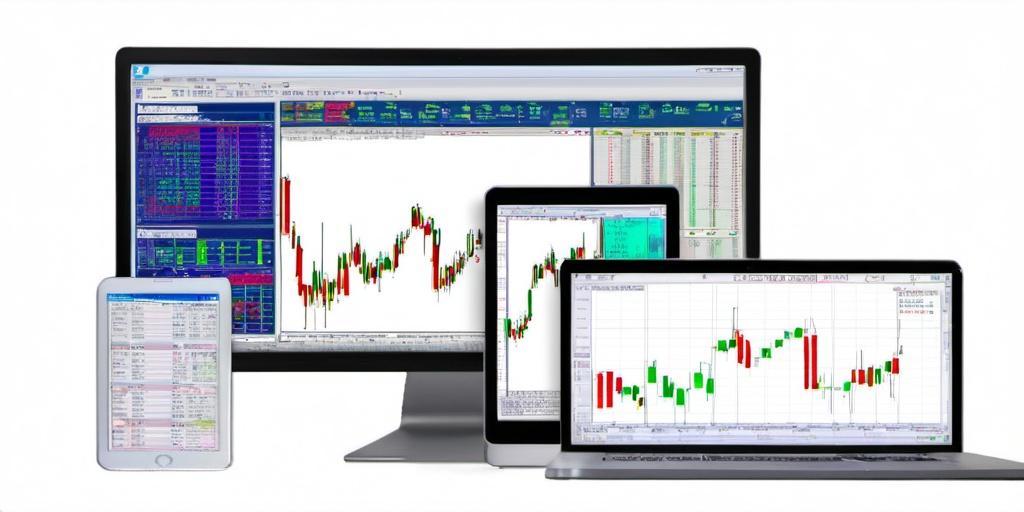Learn more about AlgoTrader Autotrading

Understanding AlgoTrader Autotrading
AlgoTrader has cropped up as a bit of a dark horse in the autotrading software scene. For folks already familiar with terms like cryptocurrencies, forex, and equities, AlgoTrader offers an intriguing toolset that stands out by its focus on algo-trading strategies. This platform’s selling point? It’s not another spreadsheet-munching, mouse-clicking manual operation. Instead, it’s about algorithms taking the wheel and doing stuff humans might think is a bit complex, or simply tedious.
Getting Down to the Nitty-Gritty
Before you roll up your sleeves and dive into setting up AlgoTrader, it’s good to get a handle on what makes it tick. It’s essentially a platform designed to not only automate but also optimize trades across different asset classes. From futures and options to equities and cryptocurrencies, if it’s tradable, it’s likely on the menu.
AlgoTrader isn’t out there to merely replace human intuition. It’s more about turning the dial up with speed and precision. With the right algorithm, you can analyze market data, identify trends, and execute trades at lightning speed—something that coffee-fueled traders might struggle to keep up with on their own.
From Algorithms to Execution
Here’s where the rubber hits the road. AlgoTrader doesn’t just stop at developing algorithms. The platform supports full cycle trading strategies that include everything from research and simulation to execution and risk management. Now, doesn’t that sound like quite a bit?
Risk management, in particular, isn’t something to sneeze at. It’s all about making sure your strategy doesn’t backfire. With AlgoTrader, you can fine-tune position sizing, stop-loss orders, and other risk controls that help to keep tabs on the deep end.
The User Experience
Let’s not kid ourselves—using AlgoTrader comes with its quirks. If you’ve got a knack for coding, especially in Java, you might find it a fun puzzle. For those less savvy with code, the platform offers a steep learning curve. The interface is functional but don’t expect it to hold your hand.
For example, setting up a new trading strategy might feel like assembling a bit of flat-pack furniture. You know the kind, where you end up with a few screws left over wondering if they’re extras or if you’ve got an uneven table leg somewhere.
Integration Goodies
AlgoTrader plays well with others—or at least it tries to. It’s got hooks into various trading systems and data feeds. Integration with FIX and REST APIs is like a breath of fresh air for developers, paving the way for scalability and flexibility. If you’ve got a hankering to connect with the likes of Interactive Brokers or Binance, AlgoTrader has you covered.
Practical Use Cases
Imagine you’re a hedge fund manager (just for kicks), navigating through the volatile waters of financial markets. You’re tasked with managing client portfolios, ensuring returns while mitigating risks. AlgoTrader steps in as your trusty ally, efficiently executing high-frequency trades and keeping a watchful eye on risk exposure. Neat, right?
Or consider a retail trader who’s still holding onto the trusty calculator. With a bit of AlgoTrader magic, trade executions happen at the blink of an eye, with your algorithm working around the clock. While you’re catching up on sleep, your software’s playing the markets.
Final Thoughts
To sum it up, AlgoTrader is a pretty handy tool if you’re looking to shift into high gear with your trading strategies. While not exactly a walk in the park for everyone, those who crack the code will find it’s like having a turbocharged engine under the hood of their trading machine. It’s a platform with a bit of a bite and enough sophistication to make a real impact for the right trader. Just mind the hairpin curves on your path to algorithmic enlightenment.